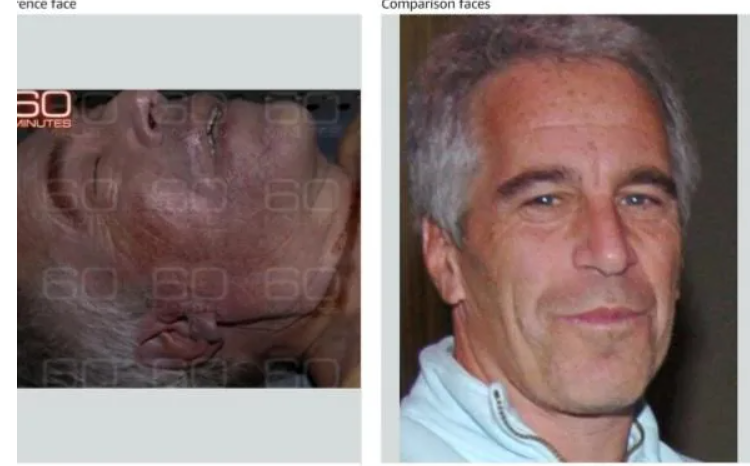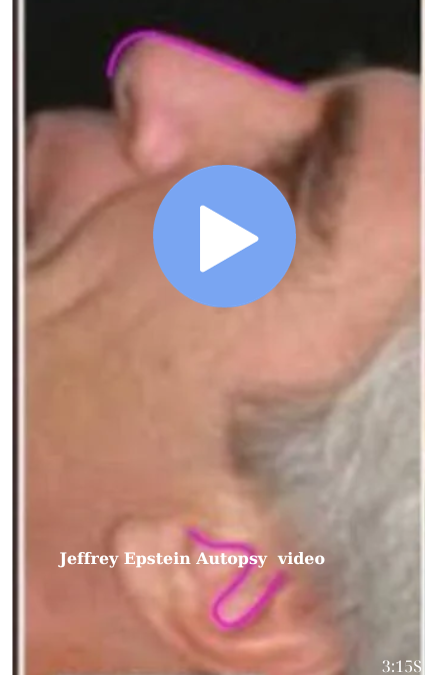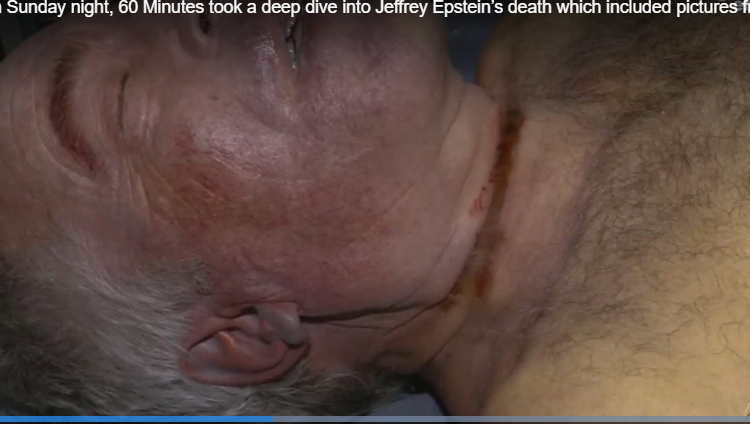The mysterious circumstances surrounding the death of financier and convicted sex offender Jeffrey Epstein have remained a focal point of speculation and controversy. In a recent development, forensic expert Dr. Michael Baden, who observed Epstein’s autopsy at the request of the family, has brought forth intriguing revelations from the examination of the autopsy photos. As the public grapples with the official ruling of suicide, Dr. Baden’s analysis introduces a series of questions and discrepancies that challenge the narrative surrounding Epstein’s demise. This article delves into the meticulous examination of Jeffrey Epstein’s autopsy photos, shedding light on the forensic expert’s insights and the complexities that continue to surround one of the most high-profile cases in recent memory.

Noose and Ligature Furrow Mark
The article delves into the details of the images captured inside Epstein’s cell, revealing bed sheets fashioned into two nooses. Dr. Baden points out a significant inconsistency: the noose found in the cell does not match the ligature furrow mark on Epstein’s neck. Baden argues that the noose width and positioning deviate from what is typically observed in cases of hanging suicides, especially free hangings. He notes that in most hangings, the ligature slides up beneath the jawbone, while in Epstein’s case, it was situated in the middle of the neck.

Absence of Blood on Noose and Alternative Means
The analysis extends to the condition of the noose itself. Dr. Baden highlights that the noose from the cell appears to lack any blood, a notable observation given the thin, bloodied line across Epstein’s throat evident in the autopsy photos. Moreover, he suggests that there were electrical wires present in the cell that could have served as a more efficient means for someone contemplating suicide, casting doubt on the choice of the makeshift noose.

Broken Hyoid Bone
One of the crucial points of contention is the state of Epstein’s hyoid bone, a small bone in the neck. Dr. Baden draws attention to the fact that Epstein had three fractures in his hyoid bone, a rarity in cases of suicidal hanging. His extensive experience, encompassing over a thousand jail hangings and suicides in New York state prisons over several decades, leads him to assert that such multiple fractures are unprecedented in his professional history.
Conspiracy Theories and Official Ruling
The article addresses the broader context of the controversy surrounding Epstein’s death and its association with conspiracy theories. While Dr. Baden’s conclusions support the notion that Epstein may not have died by suicide, the New York City Medical Examiner’s Office maintains its ruling. The conflicting opinions within the medical and forensic community contribute to the ongoing speculation about the true circumstances of Epstein’s demise.
60 Minutes reviewed hundreds of graphic photographs from the autopsy of Jeffrey Epstein and inside his cell. Here are the known facts. **This video contains graphic images that some viewers may find disturbing.**https://t.co/oVeiCRd8A6 pic.twitter.com/QOwq8Eqiah
— 60 Minutes (@60Minutes) January 6, 2020
Conclusion
The detailed examination of Jeffrey Epstein’s autopsy photos by forensic expert Dr. Michael Baden raises significant questions about the official suicide ruling. The highlighted discrepancies, ranging from the noose and ligature furrow mark to the broken hyoid bone, challenge the narrative surrounding Epstein’s death and fuel persistent conspiracy theories. The article underscores the importance of continued scrutiny and objective analysis in understanding the complex and contentious case of Jeffrey Epstein.